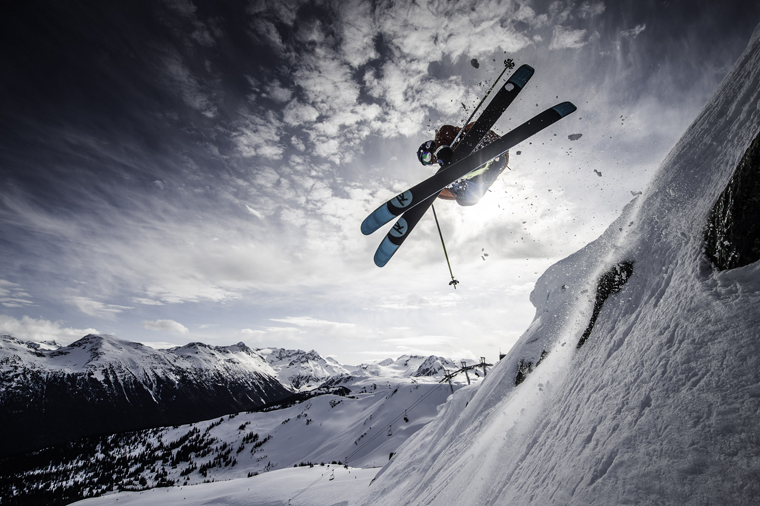How to rip down the gnarliest of slopes with ease


Sometimes you stand at the top of a piste, look down it and think ‘that looks nasty…’ You fancy the idea but you’re just not sure. I’ve dropped into some scary spots and charged down some slopes that haven’t looked skiable. To do that takes a certain mindset, but there are also a few skills that can make your life easier (and help you stay alive!). Here are a few of the tricks that I’ve used over the years…

Make sure that you’ve scouted out the location in advance. World-class freeriders photograph the slope from the helicopter and then memorise the line that they want to ski. If you don’t have a helicopter to hand, try to get a good look at the slope from either the ski lift, the bottom or the opposite side of the valley.
When you actually ski it, these are the daunting bits when the piste just falls away below you. The natural urge at this point is to back off, leaving you out of balance and with less control over your skis. Try instead to anticipate the change of pitch and push your hands forward into the steep to keep well centred over your skis. This is hard to do and a bit unnerving but ultimately being able to do this will help keep you safer.
Before big-air athletes hit a jump, especially the massive ones, they spend time practising the approach speed, without actually jumping. They want to see what it’s going to feel like. If you are considering a jump or dropping off a cornice, this is a good trick to make sure you hit it at the right speed and with your body in the best position for take-off. Always check out the landing first, and make sure it is clear!
When you are looking to lay down some fresh tracks on a powder slope, make sure you’re tooled up with the appropriate kit (transceiver, shovel, probe and someone competent who could save your life if things go awry). Personally, I prefer blasting the tracked out areas, when the chance of a slide is reduced.
Once you know your route, be decisive from the start. The first few turns set the tone for the rest of the descent, so make them count. That means getting in a strong pole plant and keeping both hands in front of you. This will give you more stability and allow you to use the whole length of the ski to command the turn.
If the snow underfoot is firm and your pole plant is solid, you should be able to rip some great turns. Try to keep the movements simple, remembering the basics. You don’t need to be making crazy shapes or trying to force a position, just keep your weight on the outside ski and be a hero! In softer conditions, stay centred on your skis and allow your legs to work independently. This helps you to deal with unexpected lumps and bumps and maybe the odd rock or bit of pine tree sticking out…
Use the shape of your turns to control your speed. Stay on the edges just a little longer and continue steering round the turn. This allows you to rein in the speed when needed.
Mastered all of the above? Then do it again, a little bit faster! FL